
| The area around Point Reyes
was originally inhabited by Coast Miwok people.
Drakes Bay is named after Sir Francis Drake, who in 1579
landed somewhere in the area to repair his ship Golden
Hind. President John F. Kennedy signed
legislation establishing the Point Reyes National
Seashore on Sept. 13, 1962. Today more than two
million people each year visit Point Reyes National
Seashore for recreation including hiking, camping,
horseback riding and bike riding. |
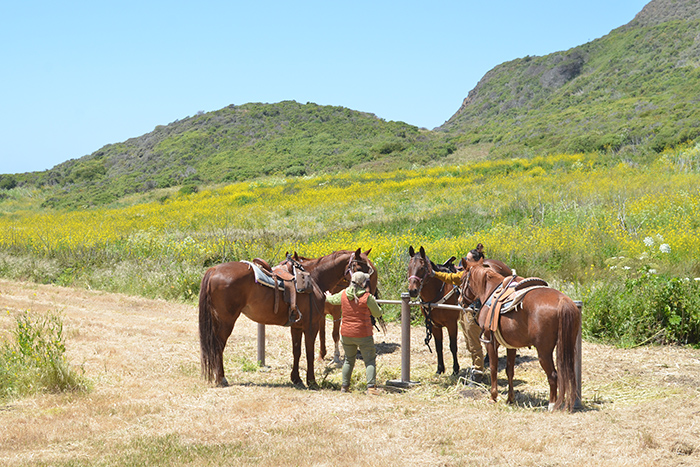 |
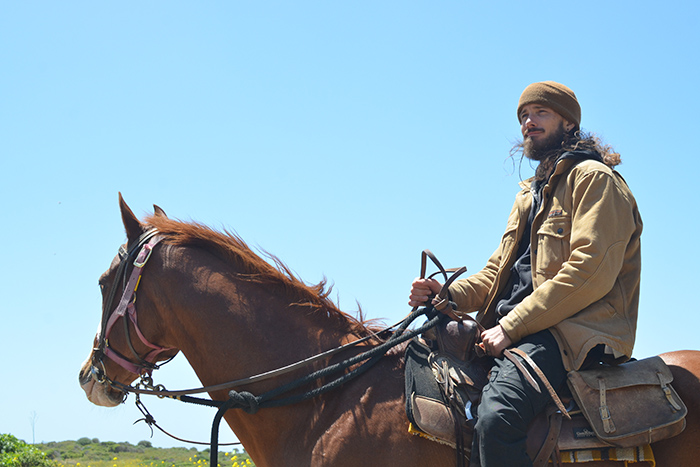 |
| On some of the trails hikers
can expect to encounter one or two small groups of
horseback riders led by a guide. Above the guide (in the
orange vest), and a rider at Wildcat Beach. |
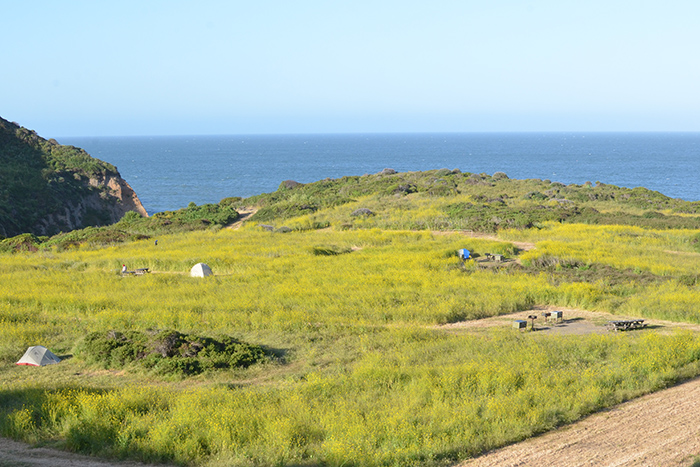 |
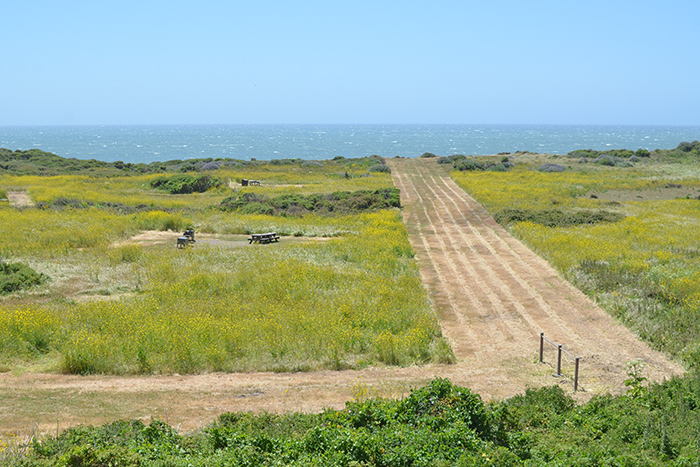 |
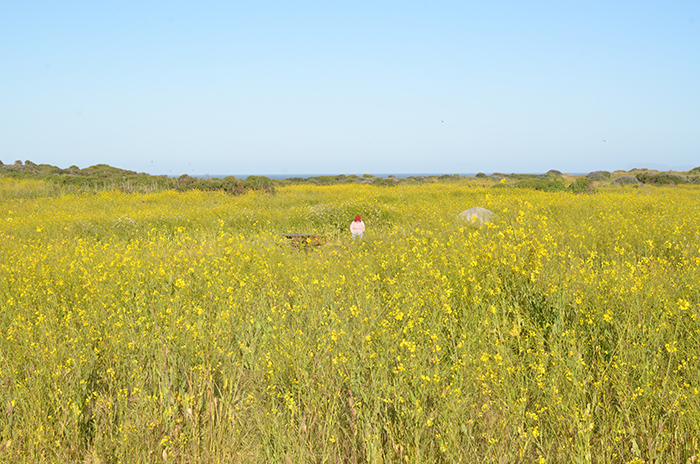 |
| The campground at Wildcat
Beach. |
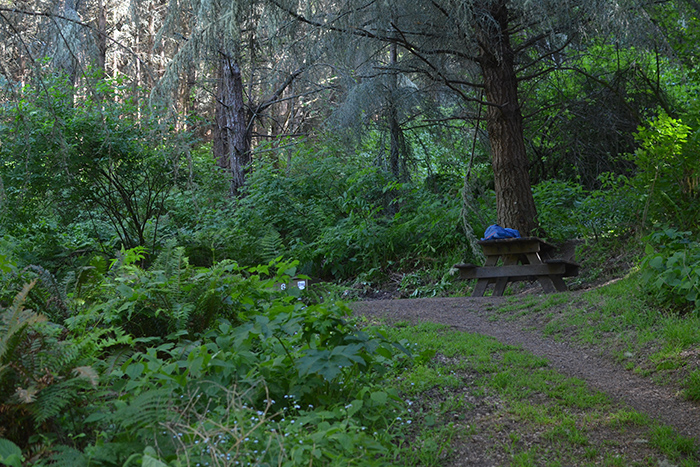 |
| The Glen campground is situated in the forest. The campground was about half full; my impression is that the NPS is running campgrounds around the country at partial capacity due to the pandemic. |
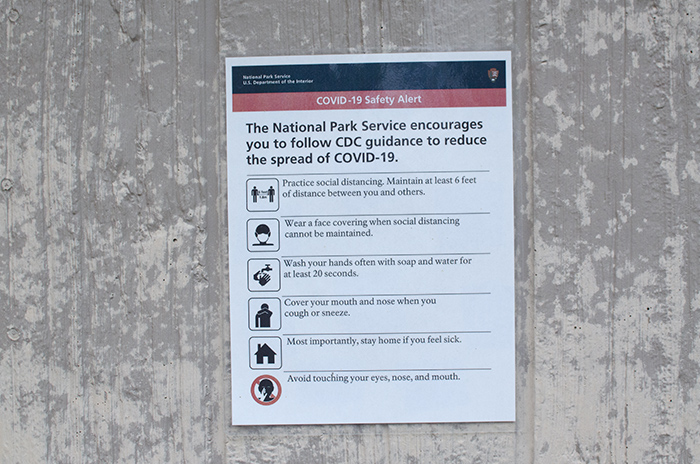 |
| Sign on the restroom at Glen
campground. One of the campers said he had not
been vaccinated because he was concerned the vaccine had
not been fully approved. |
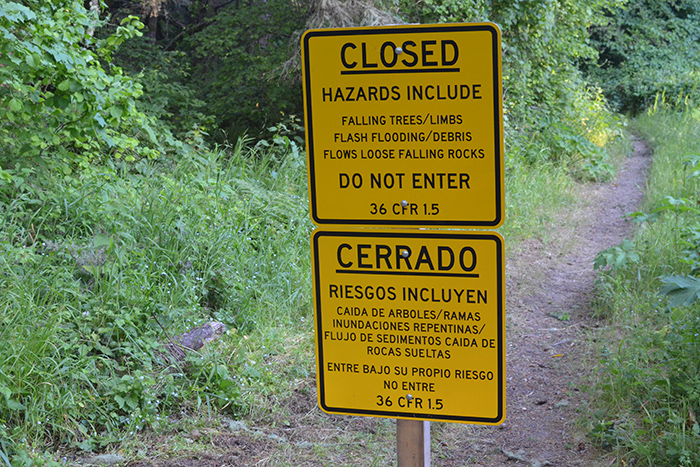 |
| I found the trail signage
confusing. The signs seem to direct to other
trails rather than destinations, and some trails were
closed but not marked so on the map. I ended up
taking a very long roundabout way via the Rift Zone
trail back to the Visitor Center. |
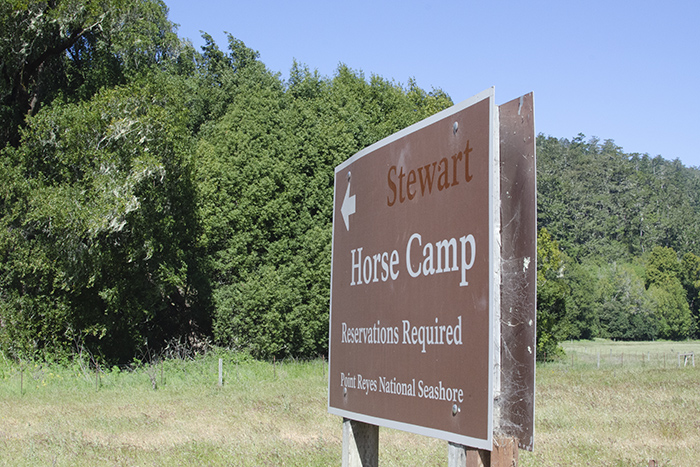 |
| The Rift Zone trail took me
past the horse camp and the Vedanta Society Retreat,
which occupies over 2,000 acres. The trail also went
right through a pasture with about a dozen Black Angus
cows. I was so tired after getting on wrong trails and
putting in unplanned extra miles that I neglected to do
a photo of the cows although they were right there, 10
or 15 feet away. Imagine photo of cows here: Cattle ranching is a very controversial use of the park. The Resource Renewal Institute, based in Mill Valley, and other groups have been sharply critical of the National Park Service for continuing cattle ranching leases and ignoring negative impacts of ranching including the effects of water extraction, effects on water quality, diminution of the Tule elk herd, and emission of greenhouse gases. Between 5,000-6,000 beef and dairy cattle occupy about one-third of the area of Point Reyes National Seashore. "Today, cattle outnumber Tule elk at the Seashore 10 to 1," the Institute reports. According to the Institute, ranches under management of the Point Reyes National Seashore produce 133.5 million pounds of manure annually. The California Coastal Commission took up the matter in a contentious special meeting on April 22, 2021, and in a 5-4 vote generally upheld the National Park Service approach. In response the group In Defense of Animals deplored the "continued privatization, subsidization, and expansion of massively polluting, privately owned, for-profit ranches and dairies at Point Reyes (>)." |
See: Resource Renewal Institute - Restore Point Reyes National Seashore. California Coastal Commission - Special Meeting, Apr. 22, 2021. NPS - General Management Plan Amendment Final Environmental Impact Statement. George Wuerthner. "The Cows That Ate Point Reyes." CounterPunch, Apr. 29, 2021. George Wuerthner. "Welcome to Point Reyes National Cattle Ranch." CounterPunch, Oct. 5, 2020. Vedanta Society of Northern California NPS - Coast Miwok at Point Reyes Federated Indians of Graton Rancheria Peter Byrne. "Tamál Húye: Coast Miwoks Fight for Recognition of Point Reyes’ Indigenous History." CounterPunch, May 7, 2021. |
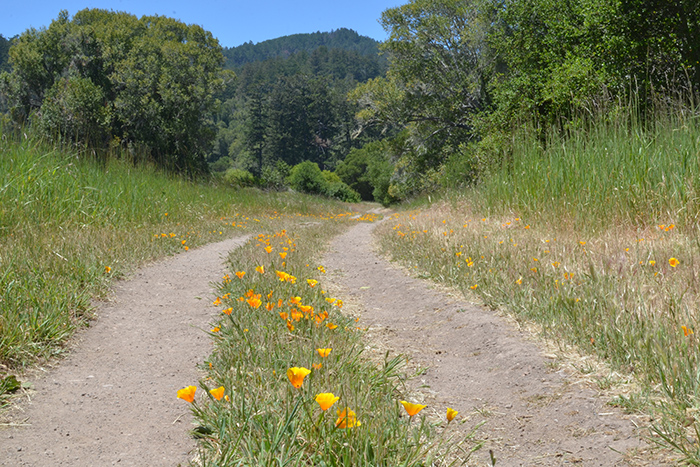 |
| back |
